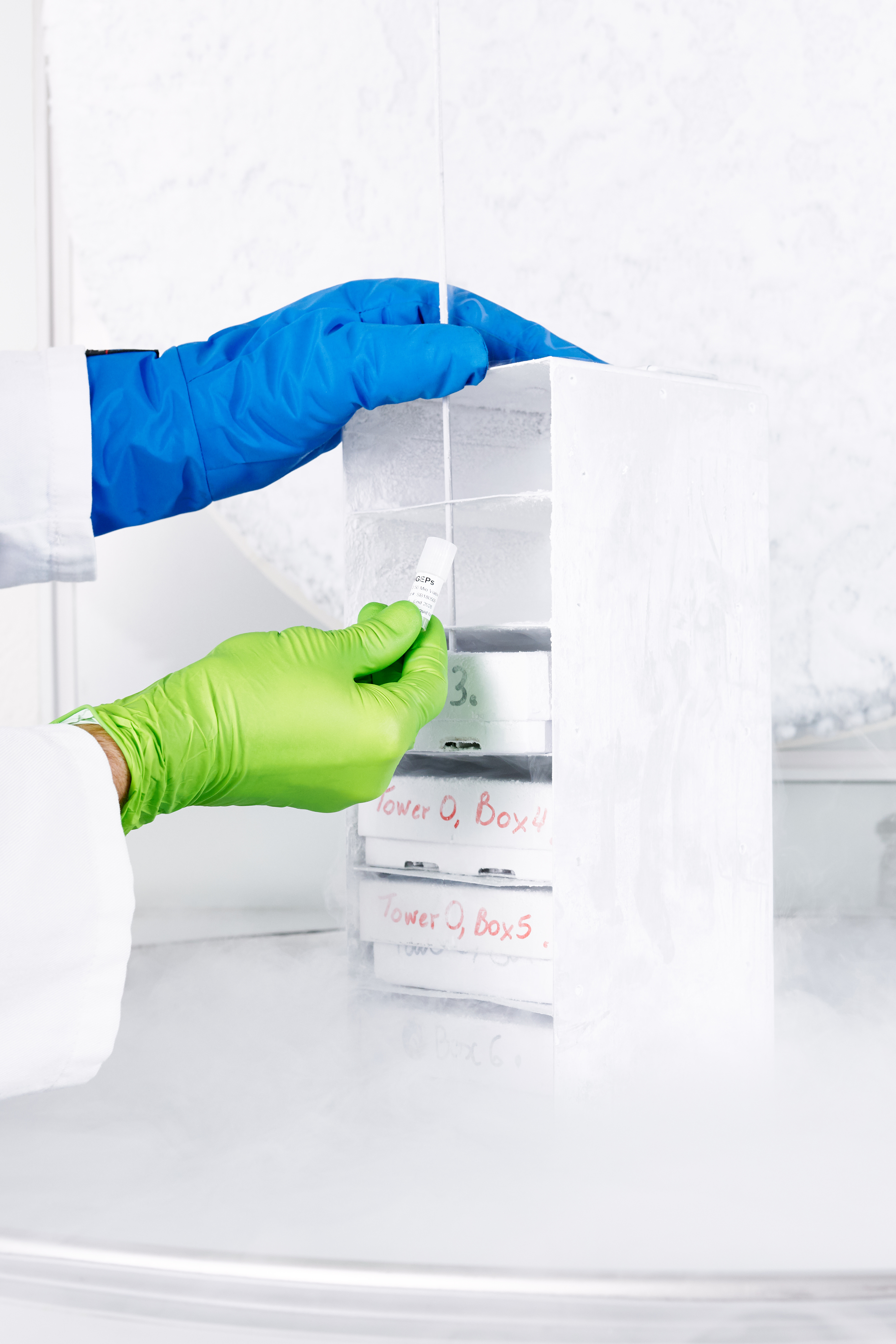Normal human epidermal keratinocyte progenitor cells, isolated from juvenile donor material, cryo-preserved at early passage.
| Catalog |
HPEKp |
| Content |
Vial containing 0.5 million viable cells, frozen |
|
|
HIGHLIGHTS:
- Extended lifespan of the cells
- Ability to complete complex processes such as 3D differentiation
- Retention of proliferative progenitors and reduced differentiation
- Supplied in fully-defined cryopreservation medium to maximize recovery after thawing
Description
HPEKp primary human epidermal keratinocytes (pooled) growing in CnT-PR medium benefit from the presence of PCT factors that aid retention of proliferative progenitors, and reduce differentiation.
HANDLING INSTRUCTION: This material is of human origin and should therefore be handled as hazardous. Although it has been tested negative for HIV 1, Hepatitis B, and Hepatitis C, treat this material as potentially infectious and use appropriate biocontainment, protective equipment, and other precautions to prevent accidental exposure.
Back to top
Specifications
- Class
- Primary Cells
- Tissue type
- Skin
- Cell type
- Epidermal Keratinocyte Progenitors
- Species
- Human
- Pack size
- 0.5 million viable cells (1 mL), frozen vial
- Culture Medium
- CnT-PR / CnT-07 / CnT-57
Back to top
Scientific resources
The culturing medium CnT-PR consists of PCT factors that aid retention of proliferative progenitors and reduce differentiation of HPEKp cells. This extends not only the lifespan of the cells but importantly also the period during which the cells retain the ability to complete complex processes such as 3D differentiation.
The HPEK cells are provided cryopreserved in the fully defined CRYO-Defined culture medium to maximize recovery after thawing.
The cultures undergo a range of QC tests in our lab before being released for sale and are also covered by our longevity guarantee. Please see the datasheet for details. Thawing, seeding, and passaging protocols are particularly important for optimal cell growth. Please visit our Protocols Page for our recommendations.
Back to top
Scientific Literature
| Title |
Authors |
Year |
Tissue type |
| A Three-Dimensional Organoid Culture Model to Assess the Influence of Chemicals on Morphogenetic Fusion |
A Three-Dimensional Organoid Culture Model to Assess the Influence of Chemicals on Morphogenetic Fusion |
2018 |
Epidermal |
| An improved multicellular human organoid model for the study of chemical effects on palatal fusion |
Cynthia J. Wolf, Hunter Fitzpatrick, Carrie Becker, Jessica Smith, Carmen Wood |
2023 |
Epidermal |
| Engineering human cell spheroids to model embryonic tissue fusion in vitro |
David G. Belair, Cynthia J. Wolf, Carmen Wood, Hongzu Ren, Rachel Grindstaff, William Padgett, Adam Swank, Denise MacMillan, Anna Fisher, Witold Winnik, Barbara D. Abbott |
2017 |
Epidermal |
For more publications on HPEK from our literature database, see here
| Title |
Year |
| CELLnTEC Catalog |
2023 |
Download |
Back to top

